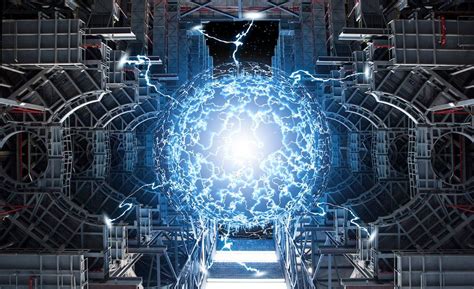One of the most captivating topics in the realm of energy technology is fusion power, often viewed as the holy grail of sustainable energy sources. Enthusiasts have long argued that achieving a controlled fusion reaction holds the promise of nearly limitless, clean energy. However, despite decades of research and the colossal financial investments involved, fusion power remains a theoretical future rather than a current reality. The common rhetoric that ‘fusion is just 50 years away’ continues to dominate discussions, casting a shadow of doubt over its feasibility.
From a technical standpoint, the challenges associated with developing fusion power are monumental. The process involves replicating the intense conditions of a star, requiring temperatures and pressures so extreme that no known material can withstand them for prolonged periods. Many commenters argue that for the same substantial financial outlay, there are already viable, decentralized solutions like solar power that could be deployed today. Solar cells are abundant and increasingly affordable, and deploying them at a large scale appears, to some, a more pragmatic approach to addressing our energy needs.
‘There is a fusion reactor in the sky,’ as one commenter aptly put it. The sun serves as a natural fusion engine, and harnessing its energy via solar panels is both a feasible and cost-effective strategy. Still, this approach isn’t without its own challenges. Harvesting solar energy is hindered by the phenomena of night and cloud cover, emphasizing the intermittent nature of solar power. Technological advancements in energy storage, like battery systems associated with electric vehicles, might resolve this intermittency. However, commenters from Northern Europe highlight that even advanced battery technology struggles with the seasonal variability of solar output, making comprehensive, global energy solutions more complex.
Fusion’s perceived perpetual delay is rooted in historical perspectives and funding patterns. The consensus among many is that unlike other technologies that receive robust private sector backing, fusion research has largely relied on governmental funding. Historically, these funds have been funneled predominantly towards developing weaponry rather than solving energy crises. This focus has left commercial fusion projects under-resourced and protracted in their timelines. The recent influx of funding has spurred advancements, but critics argue this may now be stifled by the rapid diversion of resources to artificial intelligence (AI) research.
There’s no denying fusion’s allure; a solution to base-load power that doesn’t contribute to greenhouse gases would indeed be game-changing. Yet, skeptics question whether fusion can ever be cost-competitive with existing renewables and advancing battery storage technologies. The economic viability of fusion power plants must be scrutinized through the lens of today’s grid dynamics, which increasingly favor decentralized and renewable sources. The information age demands not just clean energy but also resilient and distributed energy systems.
The discussion of solar energy extends beyond terrestrial applications. Space-based solar power, while still science fiction to many, is gaining traction among futurists. The concept involves placing solar panels in orbit where they can capture solar energy 24/7 and transmit it back to Earth. Though it promises constant energy unaffected by atmospheric conditions, the current cost and technological barriers associated with deploying and maintaining space-based solar systems are prohibitive. It’s a fascinating idea but requires monumental leaps in aerospace and materials engineering before it could become feasible.
Ultimately, the future of energy might not be a dichotomy but rather a tapestry of complementary solutions. Solar and wind energy, coupled with advanced grid storage and efficiency measures, propose a formidable front against the climate crisis. Meanwhile, we should not abandon the dream of fusion outright; it could still offer transformative breakthroughs. Projects like ITER and companies like Helion Energy and Commonwealth Fusion Systems are pushing the boundaries of what’s possible. It is a race against time and physics, fueled by the dual motivators of necessity and curiosity. Whether fusion emerges as a partner to, or a replacement for, existing technologies, its journey will undoubtedly illuminate new pathways in scientific and engineering disciplines.


Leave a Reply